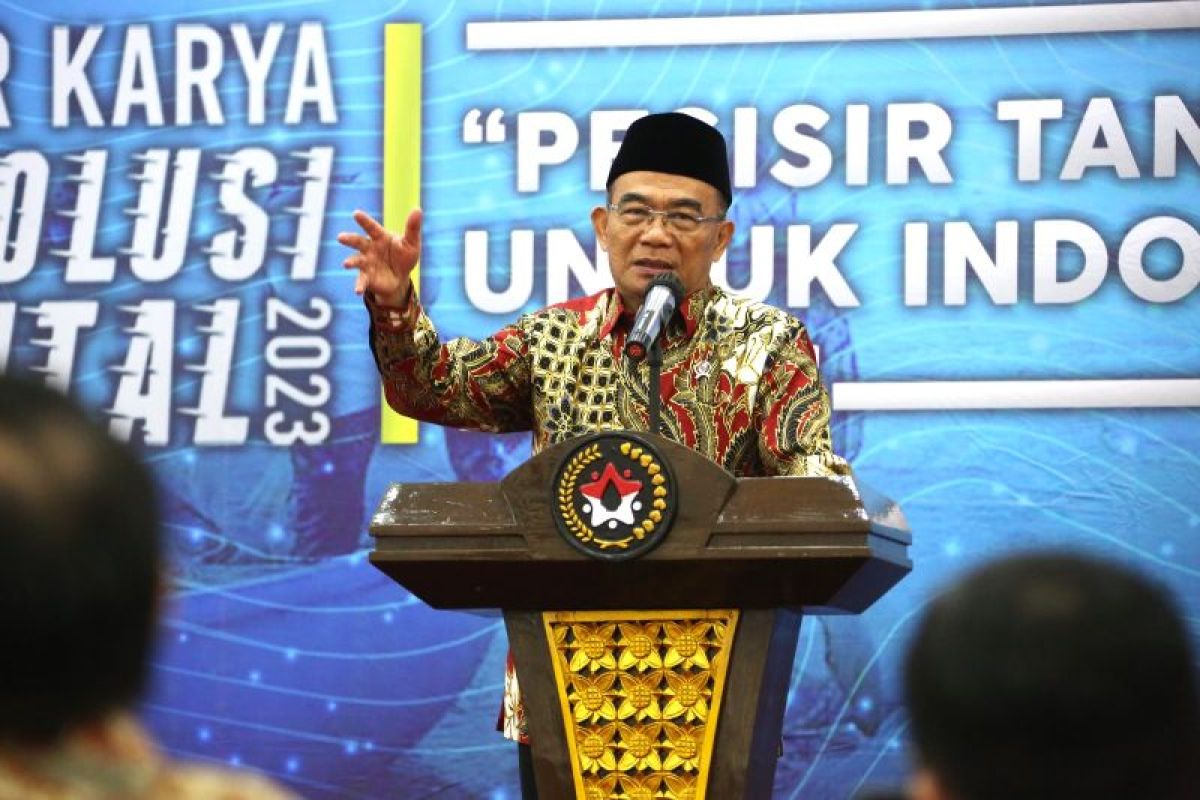Jakarta (ANTARA) - Maritime economic development in coastal areas has great and diverse potential and is expected to contribute positively to the economic growth target of 6–7 percent in 2042 and contribute 15 percent to the GDP (gross domestic product) by 2045, a minister said.
Based on those potentials, he said, various problems in coastal areas, such as extreme poverty, underdevelopment, education, and health problems can be resolved,Coordinating Minister for Human Development and Culture Muhadjir Effendy said.
"To this end, developing coastal (areas) that are resilient to realize excellent human resources and Advanced Indonesia is a necessity," he said at the Mental Revolution Work Exhibition on "Resilient Coastal Areas, Advanced Indonesia" here Wednesday.
Indonesia's coastal areas have strategic value and various potentials. Data states that 327 or 63.2 percent of districts/cities in Indonesia are located in coastal areas, he said.
Due to their strategic role in the economy, biodiversity, tourism, fisheries, and other sectors, policymakers need to create regulations that suit the situation in each area as well as the local community, including for the coastal areas.
According to him, in the presence of policies that are right on target, sustainable coastal protection and management will have a direct impact on the welfare of the surrounding community.
The minister urged policymakers not to use Jakarta and the Java island as a reference while making decisions. Policies applied to the community must be tailored to the potential and sociocultural conditions of the community in each region.
The appeal was made in relation to Jakarta-centric or Java-centric policies that are being implemented in all regions of Indonesia, which have been deemed ineffective in developing and empowering the unique potential of each region.
Indonesia's coastal areas have strategic value and various potentials. Data states that 327 or 63.2 percent of districts/cities in Indonesia are located in coastal areas, he said.











